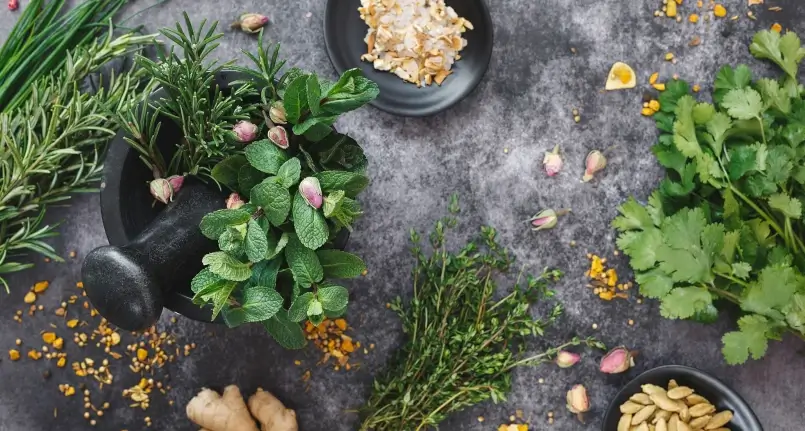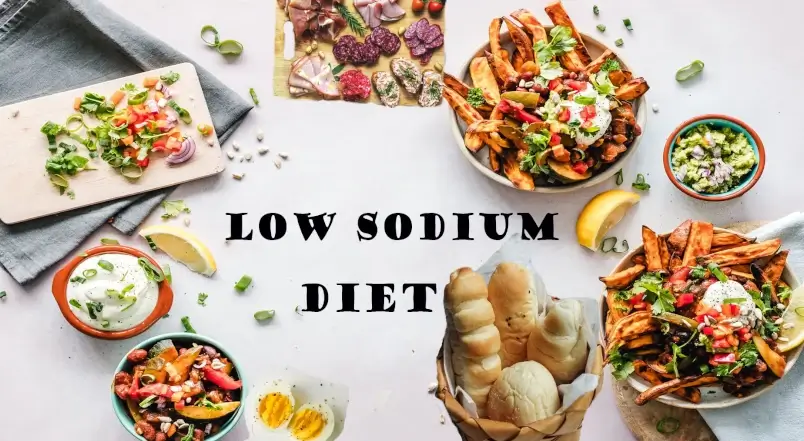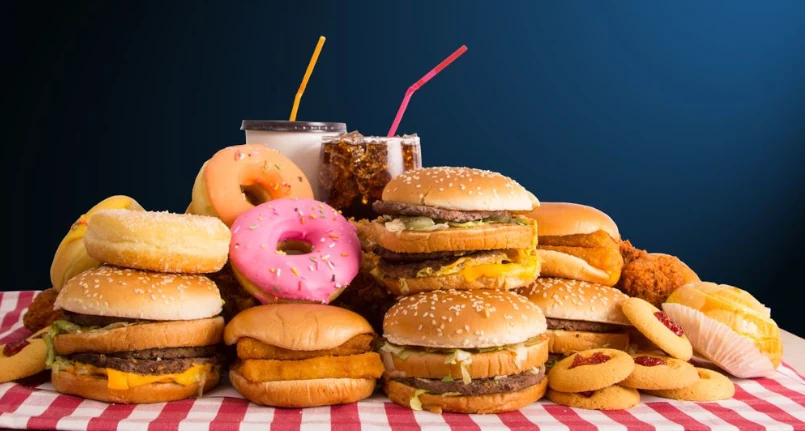Kidney stones or kidney stones are solid agglomerates of various chemical nature which tend to form, grow and obstruct the urinary tract ; they can give painful symptoms in the kidneys and/or urethra .
This is an uncomfortable condition, sometimes pathological – it may require preventive pharmacological therapies, medical interventions such as shock waves or even surgery – which mainly affects ” predisposed ” subjects .
The modifiable variables (lifestyle), such as diet, physical activity , incorrect and predisposing behaviors (eg alcohol abuse), and above all the state of hydration , always play a determining role .
Kidney lithiasis can occur only once in a lifetime or recur with a certain frequency.
The most frequent calculations (70-80%) are based on calcium , which can combine with other substances such as oxalic acid (organic compound with the formula C2H2O4) and phosphorus (mineral ion). If on the one hand it is not possible to change the plasma concentrations of calcium and phosphorus – otherwise, we would die – on the other hand it is desirable to control the levels of oxalic acid in the diet .
Less widespread (5-15%) but rather annoying are those of uric acid – typical of ” gouty ” people, or uncompensated hyperuricemics (they occur with a certain frequency in overweight and sedentary subjects ). Uric acid increases due to an insufficient system to metabolize purines and/or to excrete the uric acid itself.
The reaction underlying the calculations is ultimately a sedimentary precipitation .
What to eat and what to drink
The best way to fight kidney stones is to try to prevent them . Even if this phrase is used many times in the medical field, in this case it takes on an additional value.
This is because, once formed, the stones cannot be destroyed pharmacologically, and require either great suffering or more invasive interventions.
In the prevention of kidney stones, knowing which diet to follow is a fundamental aspect. So: what to eat ? What to drink ? What to avoid? Let’s find out.
Rule #1: Always stay well hydrated
Water dilutes stone-forming chemicals and increases the effectiveness/efficiency of stone excretion .
Water is introduced both by drinking and by eating. In total, it would be desirable to take about 1.0 ml of water for every kcal taken in a normocaloric diet.
Obviously, the level of sweating (from thermoregulation and sporting activity), expiration (especially during training) and defecation (especially when the stools are soft or watery, as in the irritable colon with such prevalence) must be taken into account – in some cases, even the vomiting .
In the summer and in the presence of desirable physical movement, the water requirement can easily double (or more).
For an “average” subject, in addition to a diet rich in liquids, it could be useful to drink about 6-12 glasses of water a day.
Rule No. 2: Increase your intake of cooked vegetables and fresh fruit, especially lemon
After milk and yogurt , fresh fruit and vegetables are the foods richest in water.
However, some raw vegetables can provide non-negligible levels of oxalic acid . To remedy this inconvenience it is advisable to eliminate or significantly limit foods rich in oxalates – see below.
On the flip side, eating raw fruits and vegetables is critical to meeting your nutritional needs for heat-labile compounds like vitamin C and folate . For this purpose, we recommend choosing foods with a low oxalic acid content.
Lemon , whole or in juice, thanks to its high citrate content , can help reduce the formation of stones (especially calcium and phosphorus).
Rule No. 3: don’t neglect your calcium intake
Because of the misinformation that has been rampant for many years, some people still try to reduce the calcium levels in their diet to prevent kidney stones from forming.
This is wrong and even dangerous, since calcium is crucial for the integrity of the skeleton .
Furthermore, what leaves us perplexed is the great attention that most consumers place on the type of water to drink. Assuming that there are still doubts as to whether or not the calcium in the water is absorbable, the total amount of calcium in the “absolute richest” water is negligible. It therefore makes no sense to focus on this variable.
Not only are blood calcium levels in no way related to the etiology of renal lithiasis but, paradoxically, if dietary calcium intake is low, oxalate levels may increase .
Good sources of calcium include milk and yoghurt (which, moreover, are rich in water), ricotta and cheeses – it is better to prefer low-fat ones , especially in slimming diet therapy . Vegetable sources – in which calcium is less absorbable – such as beans , cabbage and green vegetables , soybeans , nuts , etc. – on the other hand they are rich in oxalates, which is why it’s better not to overdo it.
The reinforced ” vegetable milk ” is a good alternative for those who do not consume foods of animal origin.
Note : for a correct absorption and metabolism of calcium , it is important to enjoy optimal levels of vitamin D – from skin synthesis in the presence of sun exposure , fish and egg yolk .
Foods and drinks to avoid
Rule No. 4: Limit the salt
High levels of sodium in the diet can promote the accumulation of calcium in the urine .
You should avoid adding discretionary salt to food and limit processed products by salting or pickling .
It may be advisable to continue this habit even when you eat at a restaurant .
Rule #5: Reduce your intake of purine-rich foods
Purine metabolism involves the formation of uric acid.
Purines are abundant above all in foods of animal origin, such as offal , oily fish , crustaceans , bivalve molluscs and meat , but also in some vegetables, such as legumes and cabbage (Brassicaceae).
It is good practice to follow the guidelines for a healthy and correct diet , trying to prefer – within the relative food category – foods less rich in purines.
Rule n° 6: do not exceed with the intake of proteins
Large amounts of protein increase renal function, but also require some use of the endogenous buffer system and dietary alkalizers – such as citrates.
In healthy subjects – even if within the limits of reasonableness and subjectivity – this is absolutely not a problem. For a person prone to stone formation, however, it may be a good idea to limit protein to the amount necessary to cover specific needs, without going overboard.
Rule #7: Limit your intake of oxalates
Getting rid of oxalates is impossible .
However, it is advisable to eliminate or significantly limit foods richer in them, or, if necessary, eat them cooked – since cooking degrades oxalic acid.
They are foods rich in oxalates: cocoa and dark chocolate , beets , nuts, tea, rhubarb , spinach , chard, sweet potatoes , etc.
Some fruit juices , even those made from citrus fruits , can contain substantial amounts of oxalates.
Soaking dried legumes helps reduce their oxalate levels, as does boiling them in water and discarding the cooking liquids – although this also reduces mineral and vitamin levels .
Rule #8: Limit your alcohol intake
Alcohol is a diuretic nutritional factor and, in this sense , increases renal filtration.
However, in chronic cases , it is responsible for dehydration and a higher urinary concentration of all the factors that predispose to renal lithiasis.
Rule #9: Watch your intake of added fructose
Excess fructose interferes with the excretion of uric acid and promotes hyperuricemia .
It is therefore advisable to consume fruit sensibly, avoid sweetening drinks or foods with granular fructose or sucrose (which contains 50% fructose) and to consume sweet syrups based on this monosaccharide or sucrose.




